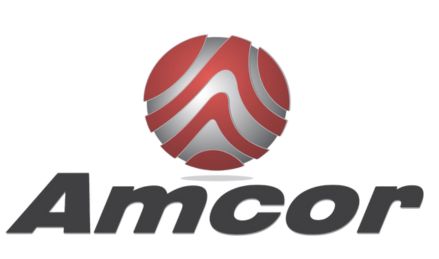Month: January 2020
-
How Flame Retardants Work in Plastics
Posted on
by
Flame retardants are chemical compounds added to plastics in order to prevent, delay, or slow down combustion, reduce smoke formation, and/or prevent the material from melt collapse (anti dripping). These additives are common in numerous everyday products to avoid the ignition and […]
-
Blown Film Extrusion Process Explained
Posted on
by
Blown films extrusion is one of many polymer manufacturing processes. This method is used to produce commodity and specialized polymer films that are typically used in packaging such as shrink, stretch, barrier films (used to protect deli meat), frozen food packaging, and […]
